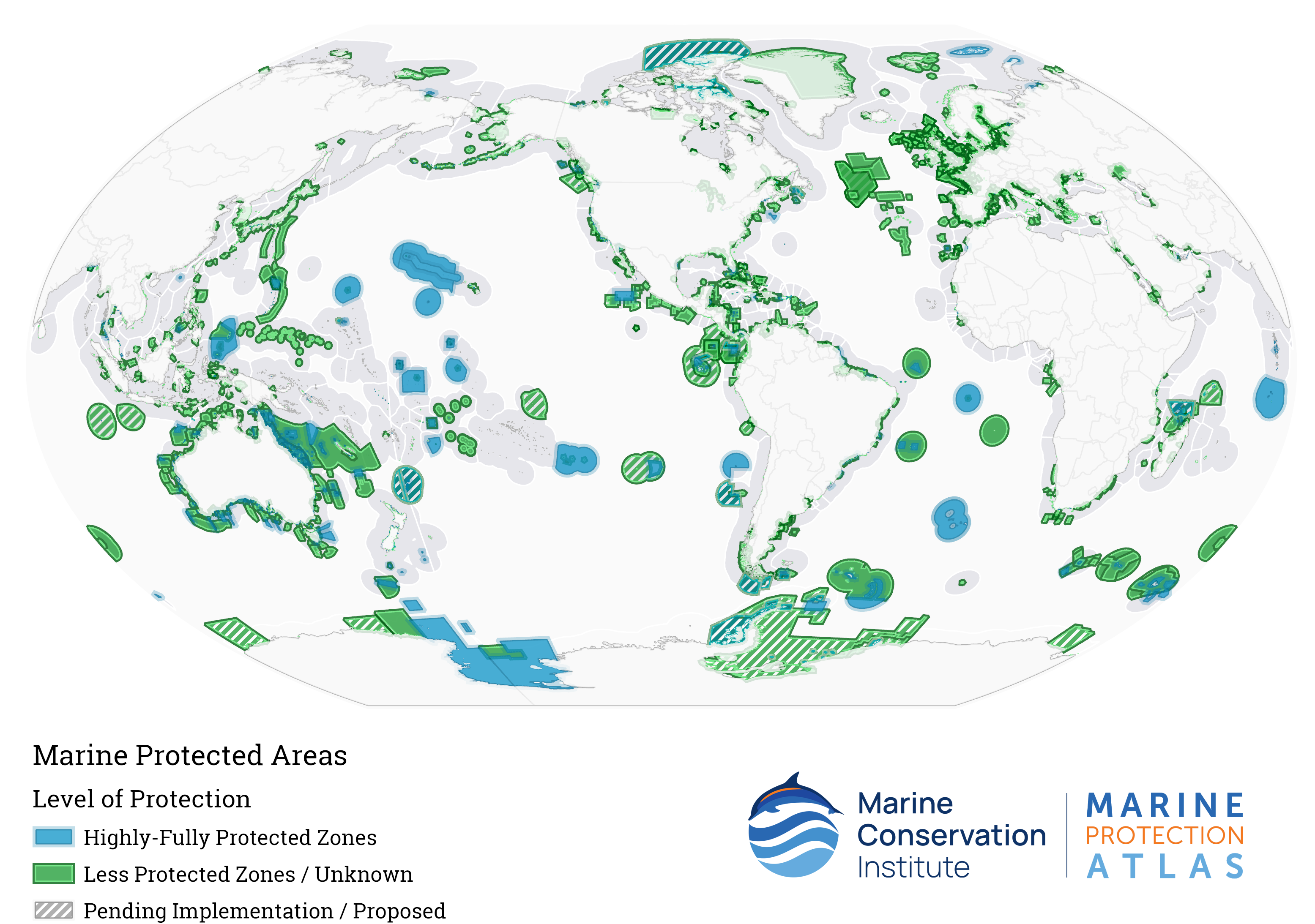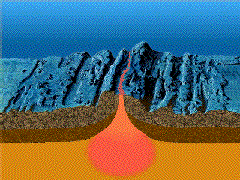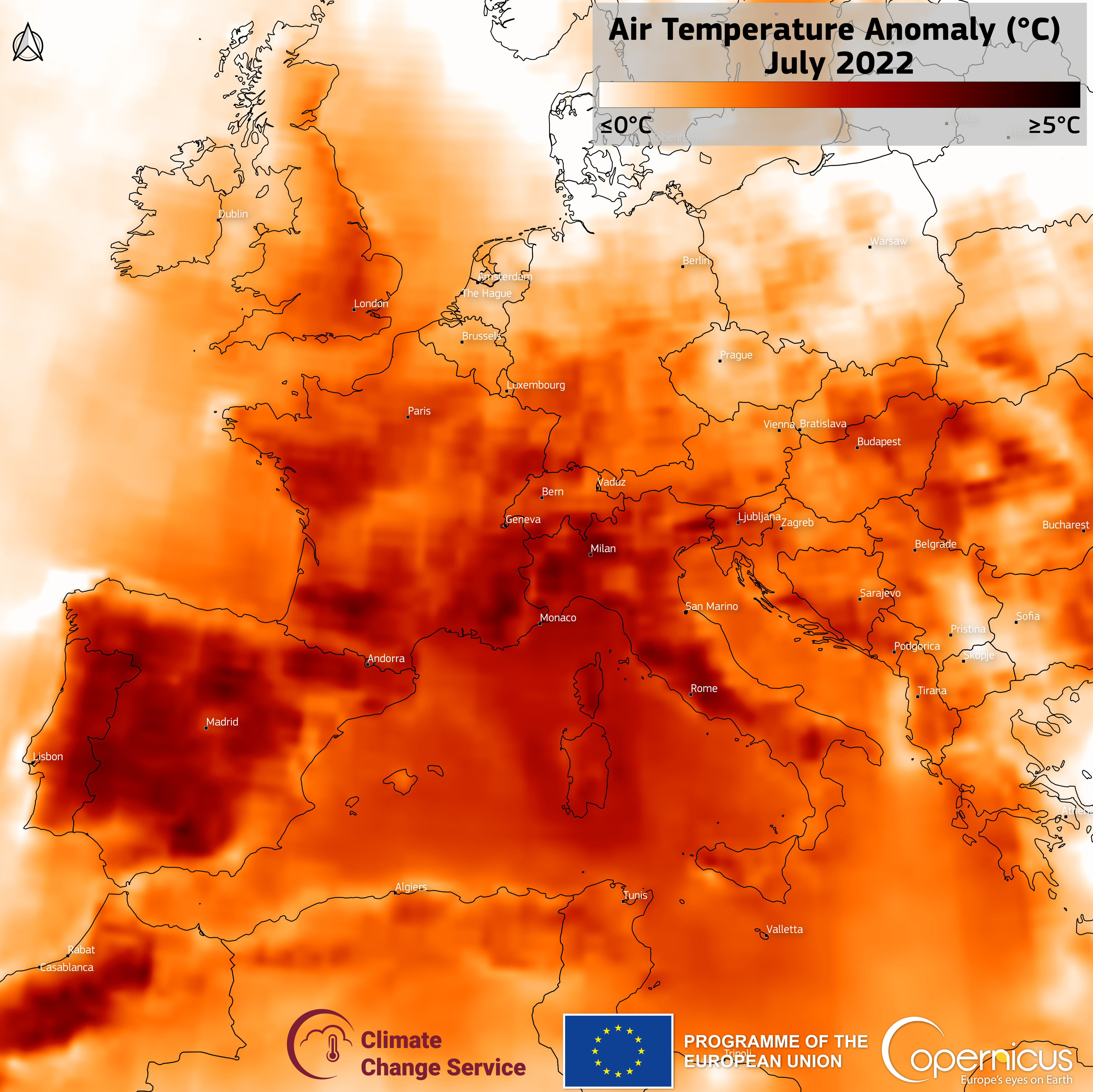
In July 2023, the Legal and Technical Commission of the International Seabed Authority (ISA) will discuss a possible mining code framework. While autonomous bulldozers would not begin to scrape the deep until 2026, it is not too soon to take steps – before it is too late. Which should we value: energy or water? Part 1 of this discussion focused on energy: minerals like copper, cobalt, lithium, manganese, nickel, platinum, and rare earths are needed for batteries to store renewable energy. These minerals are present, in abundance, in the seabed. Part 2 of this topic brings the focus to the water environment in which these minerals are found. It is the largest continuous marine habitat on Earth. Many feel we should not undertake seabed mining too quickly, if at all. Mining disasters on land are evidence of potential damage: what would happen underwater, where currents could expand the problem?

Champions bring issues to life. Enter “Her Deepness”: Sylvia Earle. Earle’ organization Mission Blue has proposed Hope Spots to preserve the ocean environment. Enter Lewis William Gordon Pugh, often called “Sir Edmund Hillary in a Swim Suit,” the first person to swim every ocean including Antarctic waters to promote awareness of the Ross Sea – now largest Marine Protected Area (MPA) in the world. Enter Rena Lee: leader of the Intergovernmental Conference on Marine Biodiversity, who chaired 36 hours of nonstop negotiation that produced the agreement for the High Seas Treaty to protect 30% of Earth’s water and land by 2030. Marine Protected Areas offer a chance to save enough to sustain the ocean environment. Related to that concept is the campaign of 50 Reefs to protect some of the world’s most sustainable coral reefs with the hope of regenerating neighboring reefs over time.

ISA has initiated a few marine protected areas of their own. They call these “Areas of Particular Environmental Interest” or APEI. Recently, ISA approved four new ones in the CCZ totaling 200,000 square miles (518,000 square kilometers). Just as a comparison, the CCZ is 1.7 million square miles (4.5 million sq km). Next to be determined: how will exploited versus protected areas be compared to track environmental changes if or when mining begins?

ISA “DeepData” began in 2002 as a way to collect and centralize all data on marine mineral resources. Will the APEIs be included? Comparing and measuring an initial mined area with a protected area could monitor effects before opening permits to other projects.

Some business users of minerals like cobalt have declared they will not purchase or use any materials obtained by deep sea mining. Some countries have signed a moratorium including Chile, Costa Rica, Ecuador, Federation States of Micronesia, Fiji, France, Germany, New Zealand, Palau, Panama, Samoa, and Spain, among others. More than 700 scientists joined with the European Academies Science Advisory Council (EASAC) to warn about potential damage. Sir David Attenborough advised a moratorium and the UK offered a opportunity to sign a petition (if you are a UK citizen or resident). Some experts state we can reduce mineral demand by 58%, thereby avoiding a need for deep sea mining. When all ISA members (the USA is not among them) meet in July 2023, a precautionary pause discussion is on the agenda. But there are states, including Nauru, that want to proceed.

Why don’t we hear more about sea bed mining on the news? Present climate disasters are closer to home. The Cerberus heatwave scorching southern Europe made headlines. Copernicus Sentinel satellite data showed land temperatures in Spain’s Extremadura region climbed to 60C (140F) this week. Across the southern United States, a “heat dome” blanketed states from Texas to Florida. Torrential rains (warmer water retains more moisture) engulfed Vermont. New York State closed sections of the Erie Canal due to severe flooding. Japan’s Shinkansen train system came to a halt as the country coped with a once-in-a-millennium rainfall. Environmental disasters where we live understandably deflect focus from what is out of sight, like the deep sea.

The issue of deep sea mining is critical to the future. But, importantly, it has not yet begun. Some say it may be inevitable, but it should not be unnoticed, and certainly must be carefully undertaken. There is time for you to become involved, to offer your ideas and your suggestions. You can find out more, and sign a petition to vote on this issue here.

Brooke, K. Lusk. “Nauru and Deep Sea Mining” 30 June 2023. https://blogs.umb.edu/buildingtheworld/2023/06/30/energy-water-deep-seabed-mining-part-1/
Deep Sea Conservation Coalition. “The Race to Defend the Deep Heats Up in Kingston.” 10 July 2023. https://savethehighseas.org/2023/07/10/the-race-to-defend-the-deep-heats-up-in-kingston/
Greenpeace International. “Petition on Deep Sea Mining.” greenpeace.org/…/act/stop-deep-sea-mining/
Greenpeace International. “Governments leave door open to deep sea mining starting this year.” 31 March 2023. https://www.greenpeace.org/international/press-release/59018/governments-leave-door-open-deep-sea-mining/
Heffernan, Olive. “Seabed mining is coming – bringing minerals, riches, and fears of epic extinctions.” 24 July 2019 Nature. https://www.nature.com/articles/d41586-019-02242-y
Humphreys, John and Robert W.E. Clark. “A Critical History of Marine Protected Areas.” 2020. Marine Protected Areas: Science, Policy, and Management, pp. 1-12. https://www.sciencedirect.com/science/article/pii/B9780081026984000010
International Seabed Authority (ISA). https://www.isa.org.jm
Khan, Yusuf. “Deep-Sea Mining Is Close to Reality Despite Environmental Concerns” 22 August 2022. The Wall Street Journal. https://www.wsj.com/articles/deep-sea-mining-is-close-to-reality-despite-environmental-concerns-11661162400
Mission Blue. VIDEO. Netflix. https://www.youtube.com/watch?v=B1wp2MQCsfQ
MIT. “Deep Sea Mining.” https://youtu.be/Lwq1j3nOODA
Rabone, M., et al., “A review of the International Seabed Authority database DeepData from a biological perspective,” 30 March 2023. DATABASE: The Journal of Biological Databases and Curation, Volume 2023. https://doi.org/10.1093/database/baad013
Simas, Moana, Fabian Aponte, Kirsten Wiebe. “The Future is Circular: Circular Economy and Critical Minerals for the Green Transition.” 15 November 2022. Project number 102027433. SINTEF. https://wwfint.awsassets.panda.org/downloads/the_future_is_circular_sintefmineralsfinalreport_nov_2022_1_1_pdf
United Nations. “High Seas Treaty.” https://www.un.org/bbnj/sites/www.un.org.bbnj/files/draft_agreement_advanced_unedited_for_posting_v1.pdf
World Wildlife Fund. “Future mineral demand can be met without deep seabed mining as innovative technology can cut mineral use by 58%.” 28 November 2022. https://wwf.panda.org/wwf_news/?7087466/Future-mineral-demand-can-be-met-without-deep-seabed-mining-as-innovative-technology-can-cut-mineral-use-by-58
Building the World Blog by Kathleen Lusk Brooke and Zoe G. Quinn is licensed under a Creative Commons Attribution-NonCommercial-NoDerivs 3.0 U
